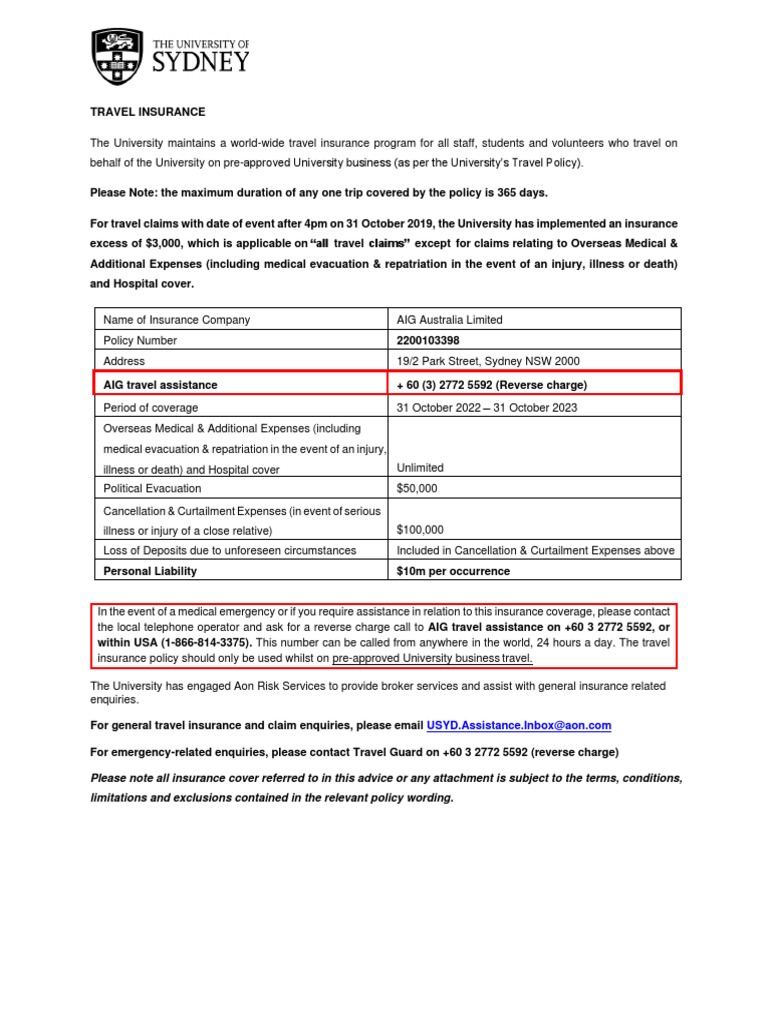Traveling is an exciting adventure, but it also comes with its share of risks. From flight delays to medical emergencies, unexpected events can turn a dream vacation into a financial nightmare. That’s where travel insurance steps in. This article will guide you through everything you need to know about travel insurance in the United States, from what it covers to how to choose the right policy for your needs.
What Is Travel Insurance?
Travel insurance is a type of coverage designed to protect travelers from financial losses due to unforeseen circumstances that occur during their trips. It can cover a wide range of situations, including trip cancellations, medical emergencies, lost luggage, and more. Unlike other types of insurance, travel insurance is typically purchased for specific trips or periods rather than as a long-term policy.
The key benefit of travel insurance is that it offers peace of mind by covering expenses that might otherwise be difficult to recover. For example, if your flight is delayed for several hours, some policies will reimburse you for additional lodging or meals. If you fall ill while traveling, the insurance may cover your medical treatment, which can be especially important if you’re abroad.
Types of Travel Insurance Coverage

There are various types of travel insurance policies available, each tailored to different needs and budgets. Here are some of the most common types:
- Trip Delay Insurance: Covers expenses incurred due to flight or transportation delays, such as food, lodging, and other related costs.
- Trip Cancellation/Interruption Insurance: Provides financial assistance if your trip is canceled or interrupted due to a covered reason, such as illness, weather, or job loss.
- Baggage Delay or Loss Insurance: Reimburses you for necessary items like clothing, toiletries, and medication if your luggage is delayed or lost.
- Medical Emergency Coverage: Covers medical treatment, emergency transportation, and hospitalization if you become ill or injured while traveling.
- Rental Car Damage Coverage: Protects against costs associated with damage or theft of a rented vehicle.
Each policy has its own set of terms and conditions, so it’s essential to review the fine print before purchasing.
How Does Travel Insurance Work?

Understanding how travel insurance works is crucial to making the most of your coverage. Once you purchase a policy, it becomes active for the duration of your trip or the specified period. If an unexpected event occurs, you can file a claim with the insurance company to request reimbursement or compensation.
To file a claim, you’ll need to provide documentation such as receipts, medical records, or proof of the incident (e.g., a flight cancellation notice). The claims process can vary depending on the insurance provider and the type of loss, but most companies offer online filing options for convenience.
It’s important to note that not all expenses are covered. For instance, if you cancel your trip for a reason not listed in your policy, you may not be eligible for reimbursement. Additionally, many policies do not cover pre-existing medical conditions or situations related to the COVID-19 pandemic unless specifically stated.
How to Get Travel Insurance Coverage
There are several ways to obtain travel insurance coverage in the United States:
- Purchase a Standalone Policy: Many insurance companies offer policies that can be bought separately for individual trips or annual coverage. These policies often provide comprehensive protection and can be customized based on your travel plans.
- Use Travel Card Benefits: Some credit cards include built-in travel insurance as a perk. While these benefits can be valuable, they often come with limitations, so it’s important to check the coverage details.
- Add-On Coverage When Booking a Trip: Some travel agencies or airlines offer add-on insurance when you book a trip. However, these policies are usually limited in scope and may not cover all aspects of your journey.
When choosing a policy, consider your travel itinerary, budget, and the level of coverage you need. For frequent travelers, annual coverage may be more cost-effective than purchasing separate policies for each trip.
Tips for Choosing the Right Travel Insurance Plan
Selecting the right travel insurance plan requires careful consideration of your needs and preferences. Here are some tips to help you make an informed decision:
- Assess Your Needs: Determine the types of risks you want to cover. For example, if you’re planning a trip to a remote location, medical emergency coverage may be more important than baggage protection.
- Compare Policies: Research different insurance providers and compare their coverage, premiums, and customer reviews. Look for policies that offer the best value for your specific situation.
- Check for Exclusions: Be aware of any exclusions or limitations in the policy. Some policies may not cover certain activities, such as extreme sports or travel to high-risk areas.
- Review the Fine Print: Understand the terms and conditions of the policy, including the claims process, coverage limits, and eligibility requirements.
Conclusion
Travel insurance is an essential tool for protecting your investment in travel. Whether you’re planning a domestic getaway or an international adventure, having the right coverage can provide peace of mind and financial security. By understanding the different types of coverage, how to file a claim, and how to choose the right policy, you can ensure that your trip remains stress-free, even if things don’t go as planned.
Remember, the best time to buy travel insurance is as soon as you’ve made your travel arrangements. Don’t wait until the last minute—start planning early and invest in a policy that fits your needs. With the right coverage, you can enjoy your trip knowing that you’re protected against the unexpected.



